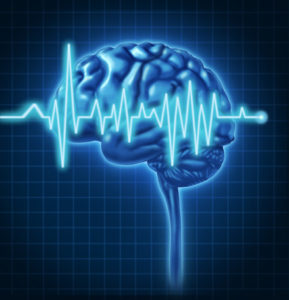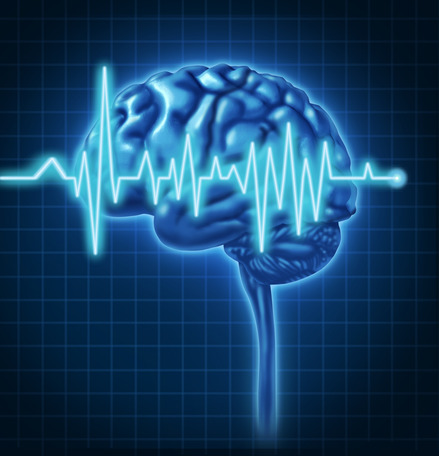If you’ve ever wondered what was going through your teen’s mind while they were driving, a study conducted in 2015 might provide you with the information you are seeking.
When your child reaches their teenage years, they tend to go through many different physical and psychological changes as they are growing and maturing. While it might be difficult for you to understand their mood swings or odd behavior, one thing you may be able to understand is what they are thinking when they are behind the wheel of a vehicle based on the findings from a study done a few years back. The study was published in the journal Social Cognitive and Affective Neuroscience and used 14-year-olds as the subjects in the case. Eva Telzer, who is a psychology professor at the University of Illinois, led the study.
Science Daily highlighted that the teens used in the study were asked to complete “a simulated driving task while researchers tracked blood flow in their brains.” They had to complete two trials, one where they were driving alone and another where they had their mother present in the vehicle with them. The researchers ultimately wanted to see how the teens would react to driving alone or with a parent in the car with them and how this affected their judgement. Below we share what some of the findings from the study were:
- The teens who drove alone “found risky decisions rewarding. Blood flow to the ventral striatum, a “reward center” in the brain, increased significantly when teen drivers chose to ignore a yellow stoplight and drove through the intersection anyway.” The source went on to highlight that previous research found that “ventral striatum is more sensitive to rewards in adolescence than during any other developmental period.”
- Telzer and her colleagues also found that “A mother’s presence, however, blunted the thrill of running the yellow light. When mom is there, the heightened ventral striatum activation during risky decisions goes away.” This means that “being risky is no longer rewarding in the presence of mom.” So, rather than speed through the yellow lights as they did when they were alone, the teen test subjects hit the brakes more frequently when traveling with their mother.
- The prefrontal cortex (PFC) was also active when the teens hit the brakes while driving with their mothers. The source highlighted that the “PFC is important to behavioral regulation.” While the PFC is “activated” when the teen’s mother was present, it was “offline” when she was not. The researchers also stated that the “PFC and the ventral striatum “are key brain regions involved in adolescent risk-taking behavior. But in the absence of a well-developed control center, adolescents are more susceptible to the stimulating allure of risky behavior.” However, with both of these active and working, teen drivers will likely “think twice before running the intersection.”
So, aside from parents having to teach their teens how to drive, they also play an active role when they ride along with their child in the car as their teen is less likely to engage in risky behavior when they are present.
Now, if your teen was recently involved in a car accident in Iowa and you are seeking answers to the legal questions you now have, contact the Iowa car crash attorneys at Eells & Tronvold Law Offices, P.L.C. at 319-393-1020. We understand how confusing and stressful this time may be for you as this is every parent’s worst nightmare which is why we are here to provide you with the support and guidance you might be needing right now.

You can reach Eells & Tronvold Law Offices, P.L.C. at:
1921 51st Street NE
Cedar Rapids, IA 52402
Phone: (319) 393-1020
Fax: (319) 393-4000







